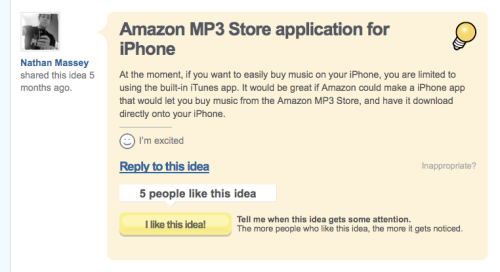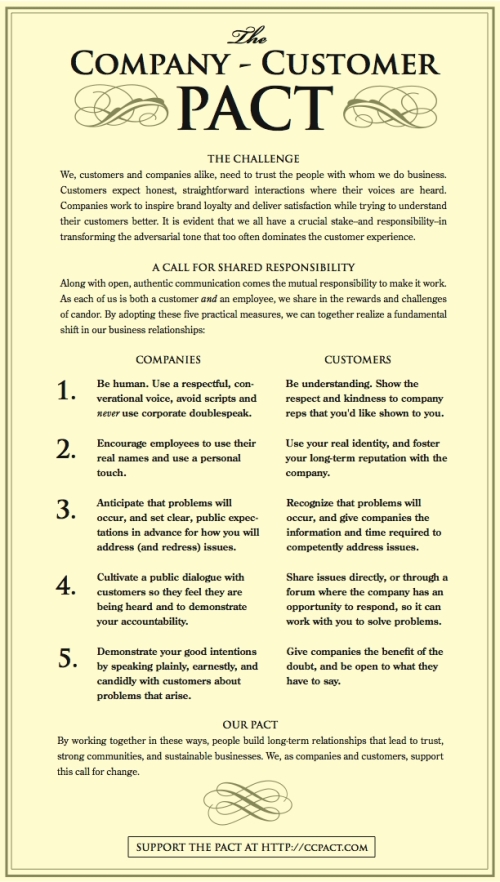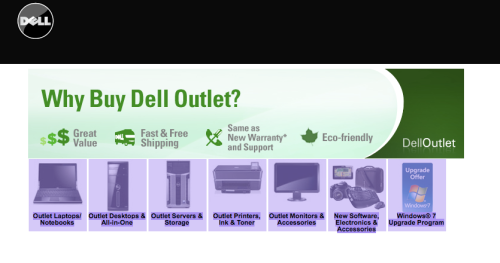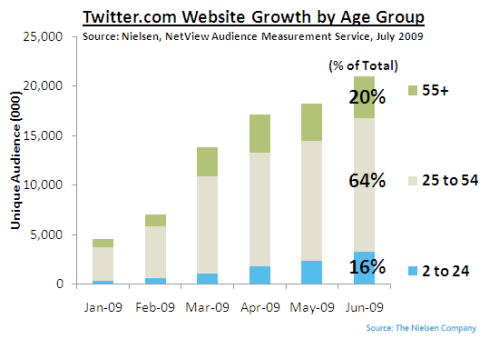If you don’t know George Parker, you should. Creative consultant, 30-year advertising industry veteran — he’s known for his no-holds-barred opinions and perspectives. He writes a blog — Adscam/The Horror — and is a popular guest on various marketing podcasts thanks to his bitting, comic commentary. He’s a bit too hard-edged for my taste and his humor often depends on the below-the-belt put-down — like the jokes of Don Rickles, a comedian I never could stand. But beneath all the rancor, George is a pretty smart guy, has seen it all, and is worth listening to.
On a recent episode of the BeanCast, which has become one of my favorite podcasts on marketing and communications, George enjoyed a healthy rant about Facebook and Twitter and the fact that despite their popularity and growth, they don’t have a viable business model. According to George, they never will. The problem is that they’re too general. They’re trying to be all things to all people. So they can’t create a unique, distinctive online social experience that people will pay for. In George’s opinion — and he may be right — the future belongs to small, niche online communities that offer a unique package of services, content and ways to connect that are highly desirable for that specific community. One that he calls out is Suicide Girls.
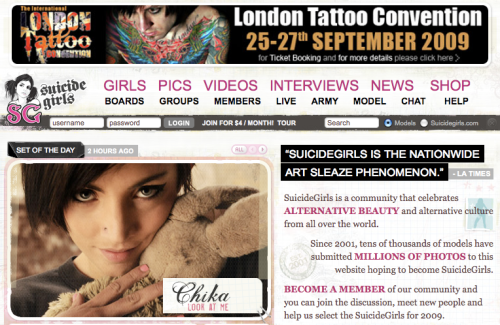
Suicide Girls is a web site tailored to the lifestyle and fashion aesthetic of young women (and men) who are into piercing, tattoos and living life well beyond the borders of what most of us would consider mainstream. You’ve got to pay $4.00 a month to join. But that’s only the beginning. Building on the common interests and attitudes of the community, Suicide Girls has grown into an “alternative” lifestyle brand that now includes books, DVDs, a magazine (how “old media”!), a burlesque tour and a fashion and accessories line. Here are just some of the items you can order on the site:
The Suicide Girls Beauty Redefined Book ($40)
Women’s Huddie ($100)
Suicide Girls Graffiti Panties ($12 — that seems like a bargain!)
Suicide Girls Buttons (pack of 10 for $7)
According to Crunchbase, Suicide Girls has 5 million unique visitors a month. So you can also imagine that the banner ad for the London Tattoo Convention in the photo of the SG home page above will garner a hell of a lot more clicks there than it would as link on Facebook or Twitter. For the right advertiser, niche communities mean a much a higher ROI, boosting the viability of advertising as an online revenue source for these narrowly targeted sites. It’s not the quantity, but the quality of reach.
You can learn more about how Suicide Girls has successfully monetized its online community in this interview with its founder, Missy Suicide. Her real name, of course.

